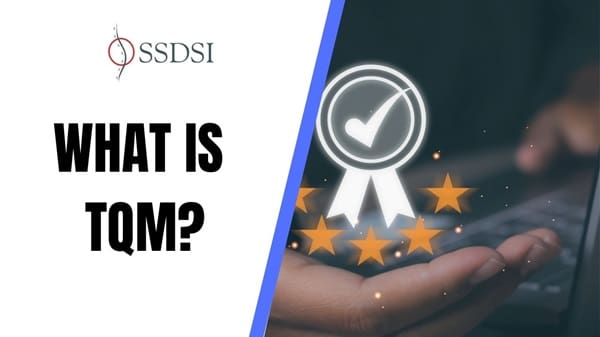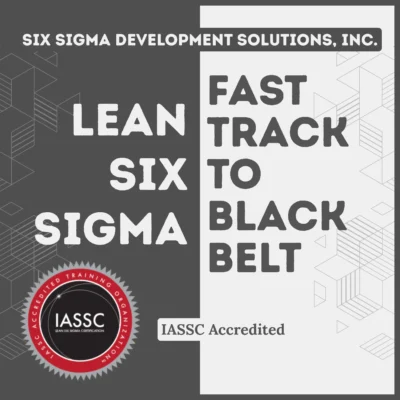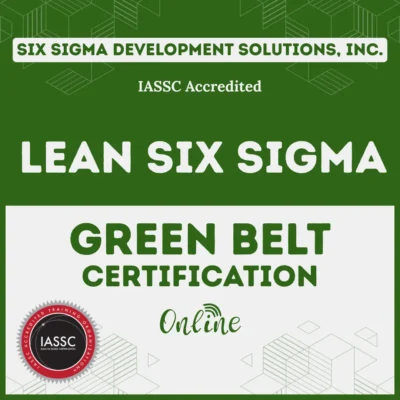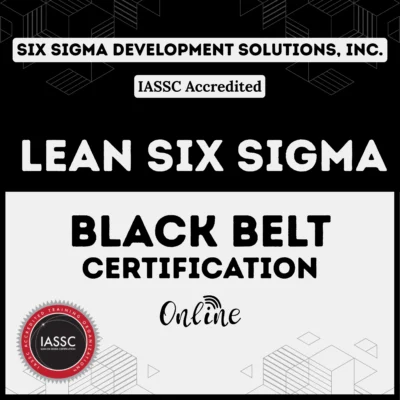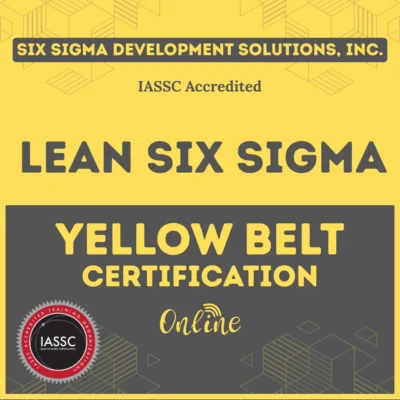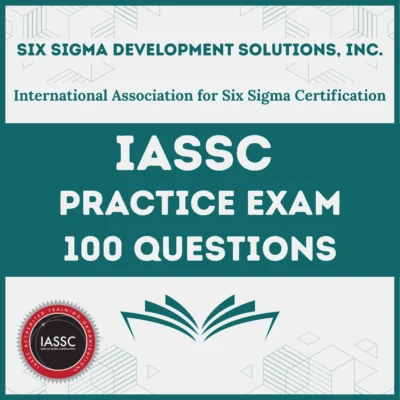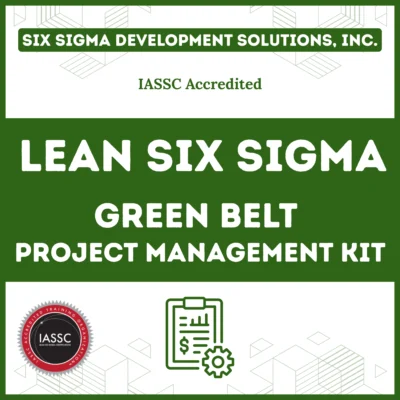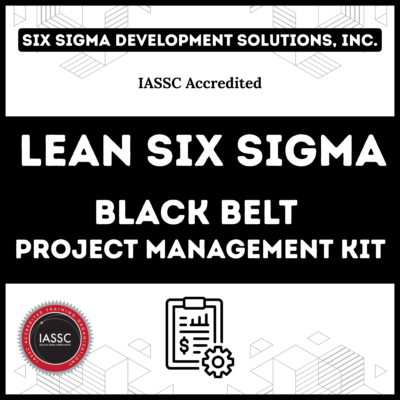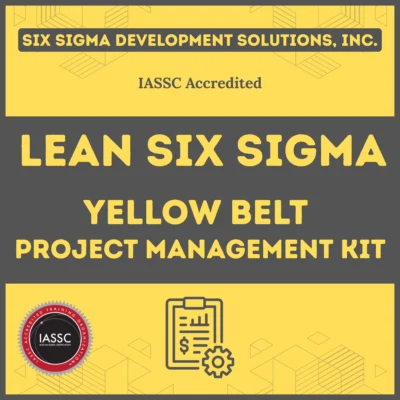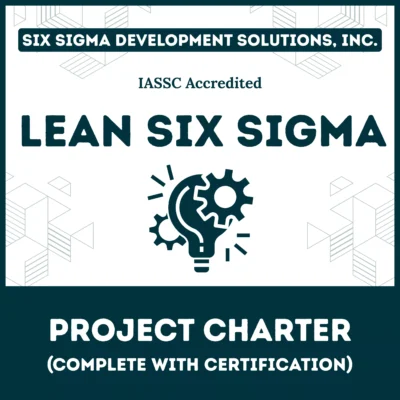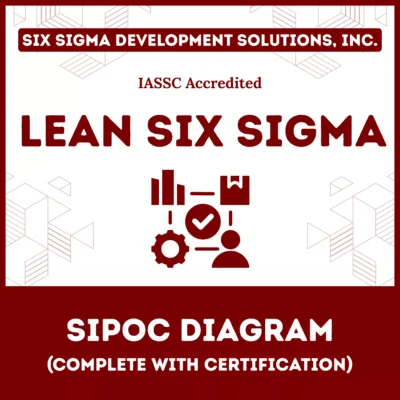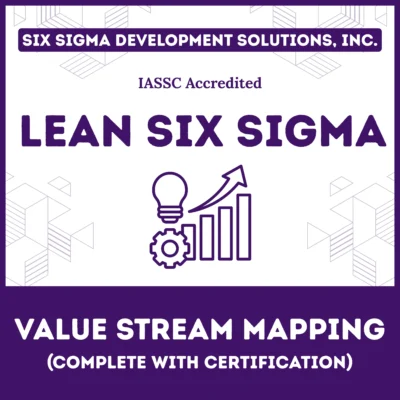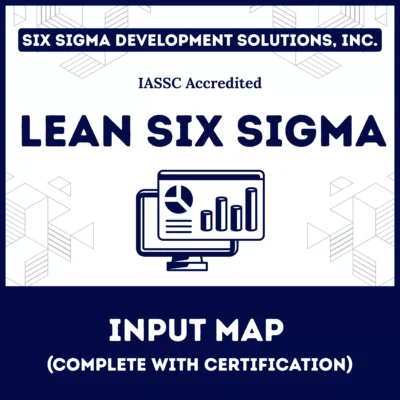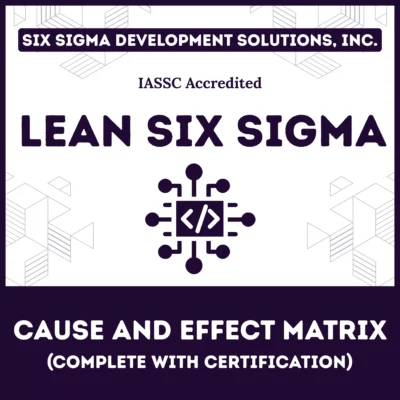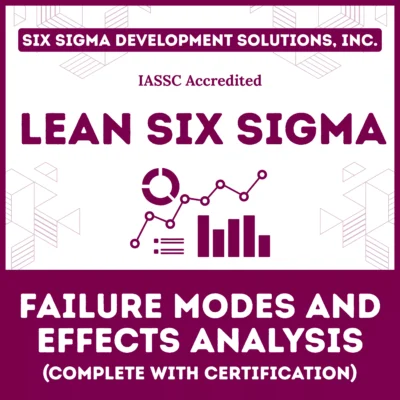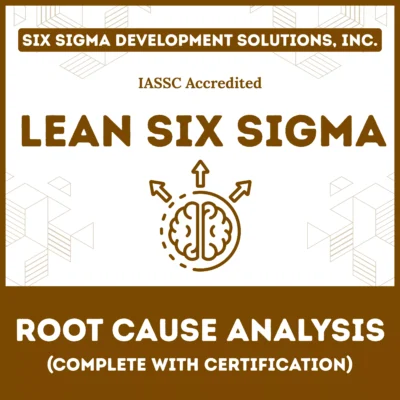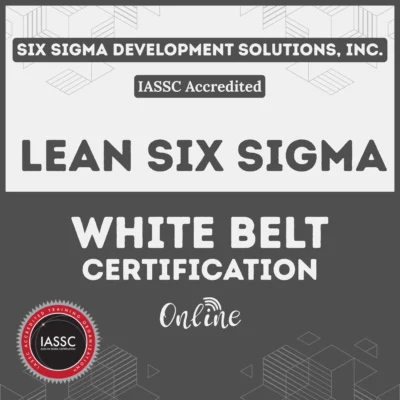Total Quality Management (TQM) emerged as a prominent management concept during the 1980s, distinguished by its comprehensive approach to continuous quality improvement across all organizational processes.
Once seen as just another buzzword, TQM has undergone both periods of decline and revival, most recently through ISO9001 Management Quality Standards.
TQM strives to integrate quality awareness into every facet of an organization for long-term customer satisfaction and stakeholder benefits – widely adopted across sectors like manufacturing, education, and government programs like NASA.
Table of contents
What is Total Quality Management (TQM)?
According to ISO standards, Total Quality Management (TQM) is defined as an approach focused on quality that engages all members of an organization in providing long-term success through customer satisfaction and benefits for all stakeholders. TQM consists of three core paradigms.
- Total: Involve the entire organization, from supply chains and product life cycles to management responsibilities.
- Quality: Provide products and services of exceptional quality at all levels.
- Management: Relate to activities such as planning, organizing, controlling, leading, and staffing.
Public, Onsite, Virtual, and Online Six Sigma Certification Training!
- We are accredited by the IASSC.
- Live Public Training at 52 Sites.
- Live Virtual Training.
- Onsite Training (at your organization).
- Interactive Online (self-paced) training,
Principles of TQM
TQM is founded on several key principles that serve as guides for an organization-wide effort to improve product and service quality, including:
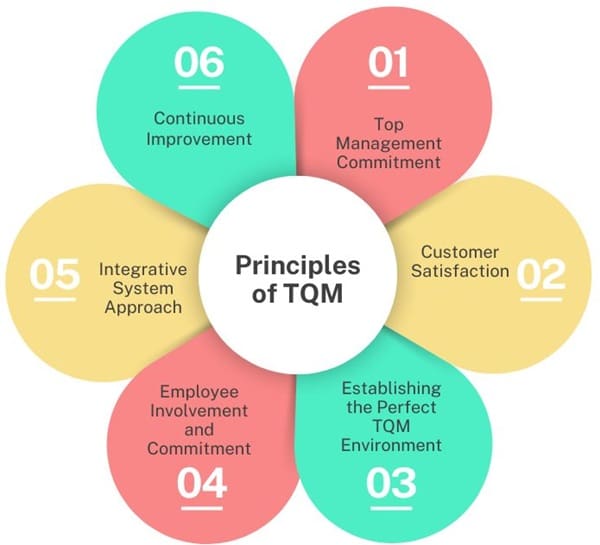
- Top Management Commitment: Quality initiatives must begin at the top. Senior management is accountable for creating an environment prioritising quality while encouraging problem prevention and process enhancement.
- Customer Satisfaction: Customer satisfaction is the central pillar of quality management. Continual process improvements are vital to meeting and exceeding customer expectations, which ultimately reduces dissatisfaction among customers.
- Establishing the Perfect TQM Environment: Employees must be psychologically prepared to accept and implement change. A TQM environment promotes quality as an integral component of organizational culture, motivating employees to participate in cross-functional teams while taking pride in their contributions.
- Employee Involvement and Commitment: Employee involvement and commitment should be at the core of quality improvement programs. Training and development activities play a crucial role in maintaining high levels of quality while giving employees confidence and dedication towards continuous progress.
- Integrative System Approach: Quality improvement should include all departments, creating an atmosphere of excellence that exceeds customer expectations. An integrated system can facilitate continuous improvement and give organizations a competitive edge.
- Continuous Improvement: Continuous improvement should be an ongoing process. Management must play an active role in improving quality by identifying and eliminating causes for poor quality. Strategic planning is vital for long-term quality improvement.
Read Full Article here: Principles of Total Quality Management
Historical Context and Evolution
TQM can be traced back to the Quality Revolution in the early 1980s when American companies faced competition from Japanese products known for their superior quality.
Ford Motor Company sought the advice of Dr. W. Edwards Deming in order to transform its operations, ultimately realizing that quality management strategies had more of an effect than quality-control strategies; leading them to adopt TQM as an all-encompassing management approach.
Benefits of TQM
TQM implementation offers many benefits, from customer satisfaction-related advantages to economic development-based advantages.
Customer Satisfaction-Oriented Benefits:
- Enhancing Product Quality: Greater product quality leads to enhanced customer satisfaction and loyalty, improving overall customer experience.
- Refining Product Design: Constant feedback and improvement processes result in superior-designed products. 3.
- Improving Production Flow: Streamlined processes improve efficiency while decreasing delays.
- Increase Employee Morale: Focusing on quality and teamwork increases employee morale and quality consciousness.
- Enhance Product Service Quality: Better service quality increases customer satisfaction and loyalty.
- Enhancing Marketplace Acceptance: Offering products and services of higher quality enhances market acceptance and competitive positioning.
Economic Improvement-Oriented Benefits:
- Lower Operating Costs: Efficient processes reduce wasteful activities that contribute to operational expenses and costs associated with operations, leading to cost reduction.
- Lower Operating Losses: Quality improvements minimize defects and their associated losses, thus decreasing operational losses.
- Decrease in Field Service Costs: High-quality products result in fewer service calls and warranty claims, thus cutting field service costs significantly.
- Lower Liability Exposure: Fewer defects and issues reduce legal and liability risks.
Also Read: What is First-Time Quality?
Implementation Challenges
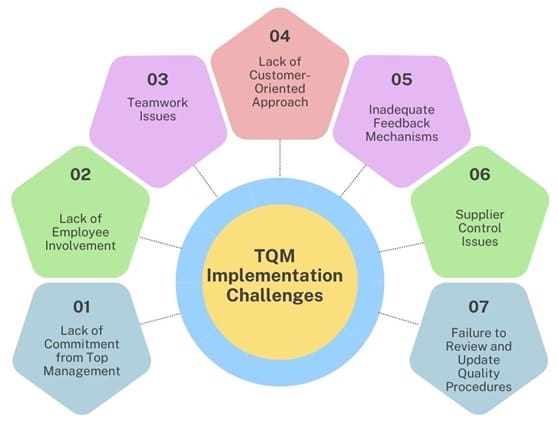
TQM implementation may bring numerous benefits; however, its implementation faces several barriers.
- Lack of Commitment from Top Management: Without top management’s active support and participation, TQM initiatives may fail.
- Lack of Employee Involvement: Employees at managerial levels may not fully engage with TQM programs, limiting progress.
- Teamwork Issues: Cooperation and coordination among workers are integral for successful TQM implementation.
- Lack of Customer-Oriented Approach: Understanding and meeting customer needs, demands and feedback is of utmost importance.
- Inadequate Feedback Mechanisms: Appropriate systems must exist in place to collect and act on feedback/complaints accordingly.
- Supplier Control Issues: Assure the quality, costs, and delivery from suppliers is essential.
- Failure to Review and Update Quality Procedures: Revamping quality procedures according to past experiences and errors is essential for continuous improvement.
Elements of Total Quality Management (TQM)
TQM encompasses various elements such as:
- Sustained Management Commitment to Quality: Continuous dedication from management towards improving quality.
- Complete Focus on Customers: Prioritizing customer’s needs and satisfaction throughout all processes.
- Anticipating Defects Rather Than Detected Them: Proactively Addressing Potential Quality Issues
- Universal Quality Responsibility: Ensuring everyone within an organization takes responsibility for quality.
- Quality Measurement: Deploying metrics to monitor and improve quality.
- Continuous Improvement: Making efforts towards constantly improving processes and products.
- Root Cause Corrective Actions: Acknowledging and correcting the sources of quality issues.
- Employee Involvement and Empowerment: Engaging employees across all levels.
- Focus on Team Synergy: Facilitating teamwork to reach quality objectives.
- Thinking Statistically: Employing statistical methods to examine and improve quality.
- Benchmarking: Comparing practices against industry standards to identify areas for improvement. Training: Engaging employees in ongoing education and training initiatives.
- Supplier Teaming: Coordinating efforts between suppliers to provide quality materials and services
Also Read: What is Supplier Quality Management?
Objectives of TQM
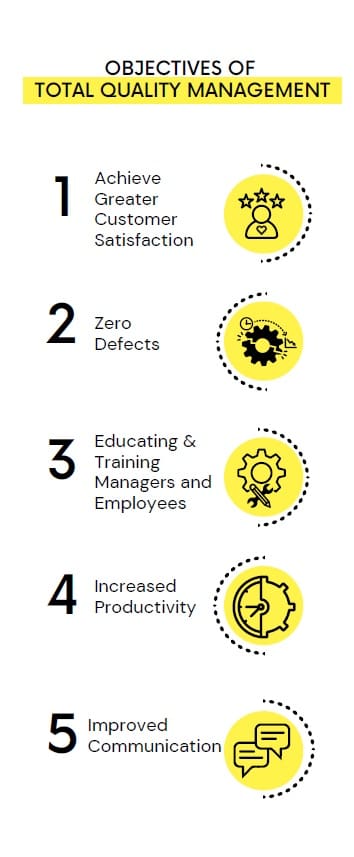
TQM’s objectives focus on increasing customer satisfaction through high-quality goods and services that surpass customer expectations.
- Achieve Greater Customer Satisfaction: Offering goods and services of the highest quality to satisfy customer expectations.
- Zero Defects: Focus on providing products and services free from defects.
- Educating and Training Managers and Employees: Ensuring everyone understands quality improvement processes and is knowledgeable of them.
- Increased Productivity: Focusing on zero-defect production and taking quality responsibility as key measures of productivity improvement.
- Improved Communication: Encourage employees to offer suggestions for improvement while decreasing waste by rewarding active participation with rewards.
Also Read: Why they Fail?
The TQM Cycle: PDCA (Deming’s Cycle)
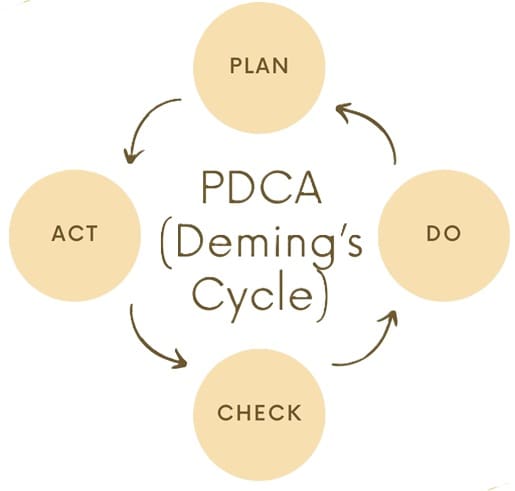
The PDCA (Plan-Do-Check-Act) cycle, developed by Dr. W. Edwards Deming, is a fundamental component of TQM, involving four stages:
Plan: Identify problems or opportunities, set objectives, and develop plans to address them. This stage emphasizes careful planning and analysis before implementing changes.
Do: Implement the planned changes and collect data to monitor execution. This stage focuses on putting plans into action and gathering relevant data.
Check: Evaluate the results against objectives, analyze deviations, and determine success. This stage involves assessing the effectiveness of the changes and identifying areas for improvement.
Act: Based on the evaluation, standardize successful changes or refine plans. Document lessons learned and use them to improve future planning and implementation.
Total Quality Management (TQM) Basic Concepts
Several fundamental concepts underpin TQM, including:
- Management Involvement: Direct participation in quality programs and developing a quality council.
- Customer Focus: Understanding customer needs and ensuring first-time-right service delivery.
- Involvement of Entire Workforce: Engaging all levels of management in quality efforts.
- Continuous Improvement: Striving for quality in every process, minimizing errors and wastage.
- Supplier Partnership: Treating suppliers as integral partners in the quality process.
- Performance Measures: Creating accountability at all levels to ensure continuous improvement.
Conclusion
Total Quality Management is a dynamic, evolving approach that integrates quality into every aspect of an organization. By focusing on continuous improvement, customer satisfaction, and involving all employees in the quality process, TQM helps organizations achieve long-term success and remain competitive.
Despite the challenges in implementation, the principles of TQM provide a robust framework for enhancing quality and driving organizational excellence. Through commitment, collaboration, and continuous learning, organizations can harness the full potential of TQM to deliver superior products and services, satisfy customers, and achieve sustainable growth.

About Six Sigma Development Solutions, Inc.
Six Sigma Development Solutions, Inc. offers onsite, public, and virtual Lean Six Sigma certification training. We are an Accredited Training Organization by the IASSC (International Association of Six Sigma Certification). We offer Lean Six Sigma Green Belt, Black Belt, and Yellow Belt, as well as LEAN certifications.
Book a Call and Let us know how we can help meet your training needs.

